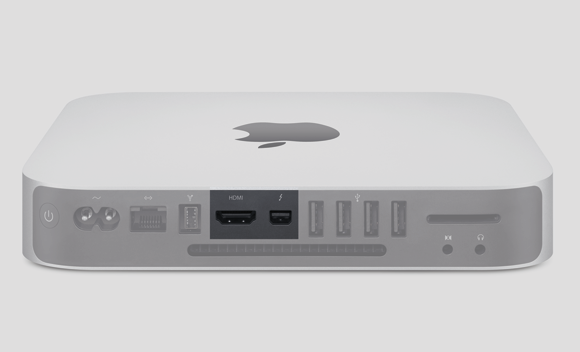

You can purchase something like the AmazonBasics cable ($10.99 for the six-foot version) to plug into a monitor jack. Apple helped to make the USB-C port pretty ubiquitous by including it in the MacBook lineup. Most modern MacBooks, particularly the MacBook Pro, have USB-C ports for connecting external accessories, like a monitor. To connect a monitor to your MacBook, you need to know what ports you’re working with. Mini DisplayPort-to-DisplayPort adapter and cables remain readily available. Check the Ports on Your Monitor and MacBook. However, if you plug a cable directly into an Apple Thunderbolt 2 port, it can be used to drive Mini DisplayPort-equipped monitors, as Apple notes on its lengthy ports page, a useful read for anyone trying to figure out compatibility across generations of Macs. (A rectangle with a vertical bar on each side indicates Mini DisplayPort, while a Lightning bolt signifies Thunderbolt 2.) Connect a USB-C display: Connect the display to a Thunderbolt / USB 4 port on your MacBook Air.
HOW TO CONNECT MACBOOK TO MONITOR WITH HDMI FREE
That’s a problem when you try to connect a Thunderbolt 2 hard drive to an older Mac that only has a Mini DisplayPort connection. If you want to use an HDMI connection instead or only have an HDMI port available or free on your monitor, a Mini DisplayPort-to-HDMI cable is also inexpensive. Connect an HDMI display or HDTV: Use a USB-C Digital AV Multiport Adapter to connect the HDMI display or HDTV to a Thunderbolt / USB 4 port on your MacBook Air. Mini DisplayPort and Thunderbolt 2 have the same connector type, but are different standards. (Find the specs for your Mac on the video dimensions it can output, however, to avoid the disappointment of spending the money on a monitor that you have to run at lower resolution than its maximum.) Because these standards incorporate backwards compatibility, you just need to find a way to connect a Mac with Mini DisplayPort or Thunderbolt 2 to a DisplayPort or HDMI connection.


 0 kommentar(er)
0 kommentar(er)
